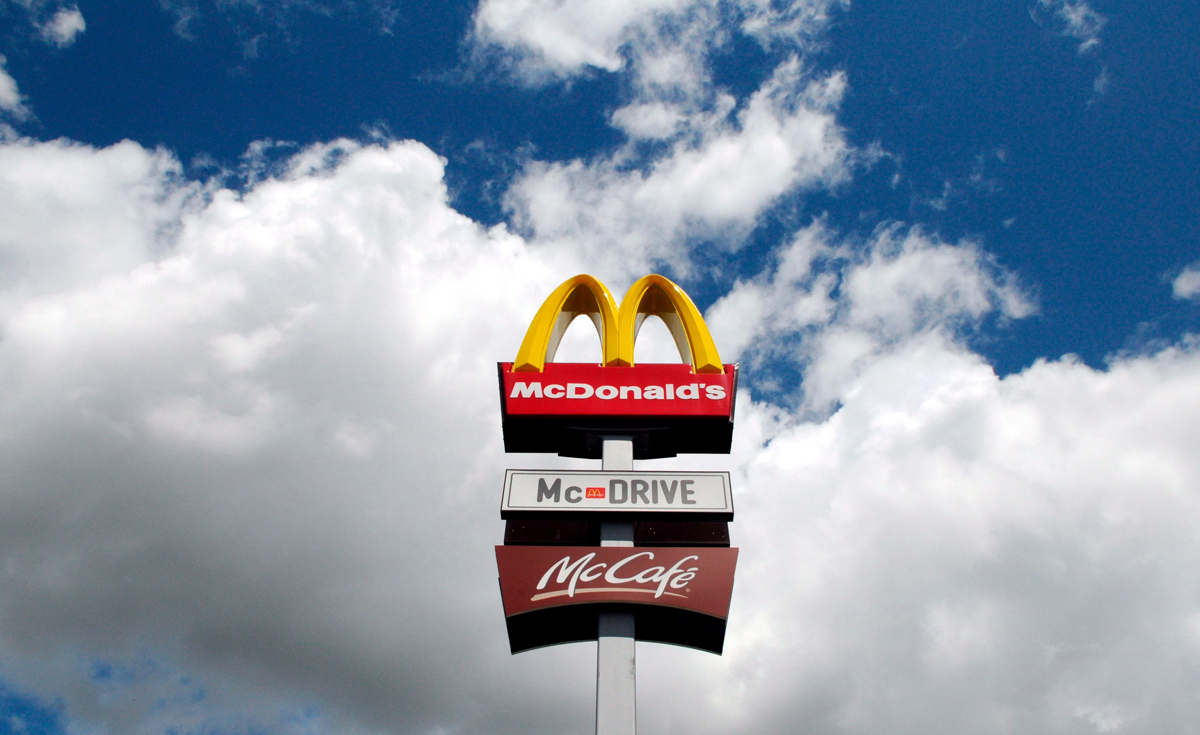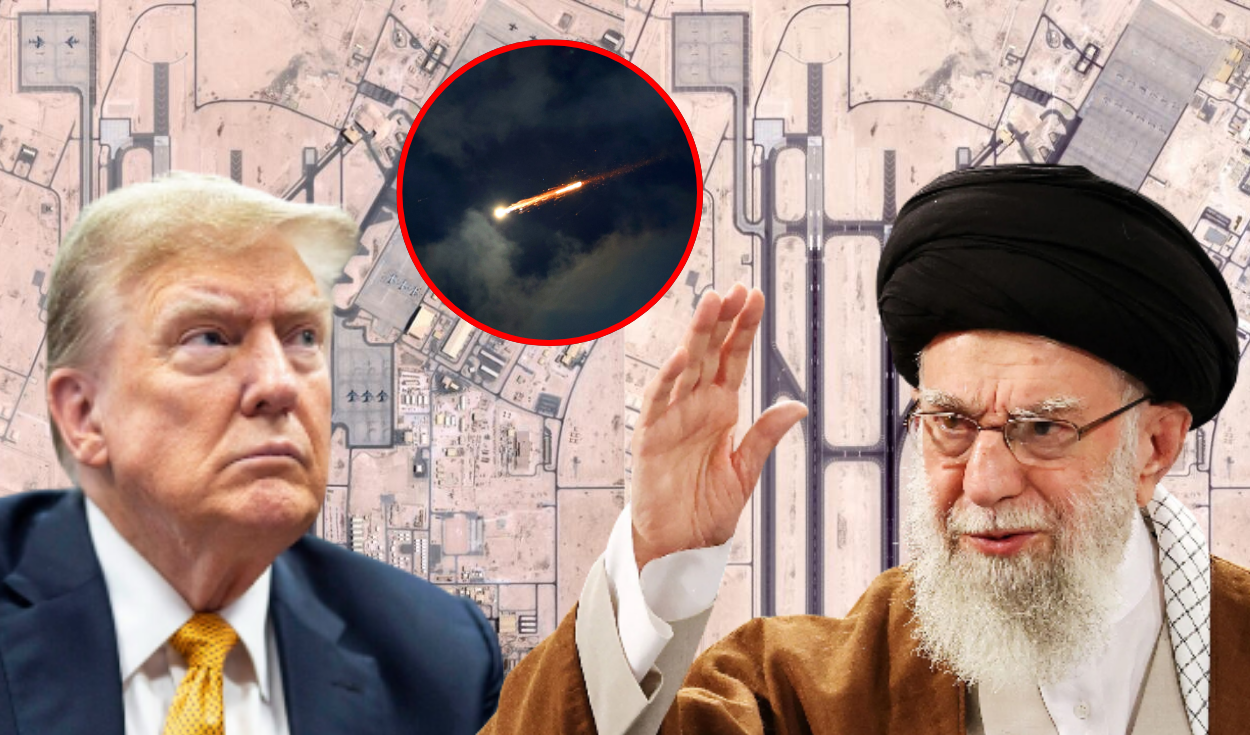NASA: Lucy spacecraft prepares for second asteroid encounter on the way to Jupiter
NASA's Lucy mission will fly by asteroid Donald Johanson in the main belt this weekend as part of its journey toward the Trojan asteroids near Jupiter. The approach will test its instruments and gather key information about the origins of the solar system.

NASA's Lucy spacecraft will conduct its second asteroid flyby this weekend since its launch in 2021. The spacecraft is on a 12-year mission to study 11 asteroids, with the goal of better understanding how planets formed during the early stages of the solar system. The new encounter will occur more than 223 million kilometers from Earth.
Lucy will pass within about 960 kilometers of asteroid Donald Johanson, an object about 4 kilometers long located in the main belt between Mars and Jupiter. This encounter will serve as a rehearsal for future, more complex flybys, especially those it will conduct between 2027 and 2033, when it will visit Trojan asteroids that share Jupiter's orbit with the Sun.
A technical rehearsal before the trojan asteroids
During the flyby, Lucy will use its three science instruments to collect data that will help define the shape and size of the Donald Johanson asteroid. Due to its distance, each bit of information will take approximately 12 minutes to reach the control centers in Colorado. Although there will be no direct communication during the approach, most of the data is expected to be recovered within a single day.
The asteroid is named after the paleontologist who discovered the human fossil "Lucy" in Ethiopia 50 years ago, after whom the spacecraft is also named. This object is believed to be one of many fragments generated by a collision some 150 million years ago and could have an unusual shape, like a bolo or even a double body similar to the one observed at Arrokoth, visited by the New Horizons mission.
Ultimate goal: Trojan asteroid swarms
Lucy's primary mission will begin in 2027, when it reaches the first Trojan asteroids orbiting Jupiter. These primitive bodies in the solar system, grouped in swarms that precede and follow the planet in its orbit, could provide key insights into planetary formation. Lucy plans to study eight of these asteroids, some in pairs, through 2033.
Lucy's first asteroid encounter occurred in 2023, when it flew by Dinkinesh, a small main-belt asteroid. During that flyby, the probe discovered a mini-moon orbiting Dinkinesh, demonstrating the spacecraft's ability to identify previously unobserved details and reinforcing expectations for what might be found in the coming years.













